The Communist Party of China: A History of Centuries of Brutality and Persecution
For over a hundred years, the Chinese Communist Party has ruled with fear, silenced voices, destroyed cultures, and punished anyone who dared to speak the truth.
Total Views |
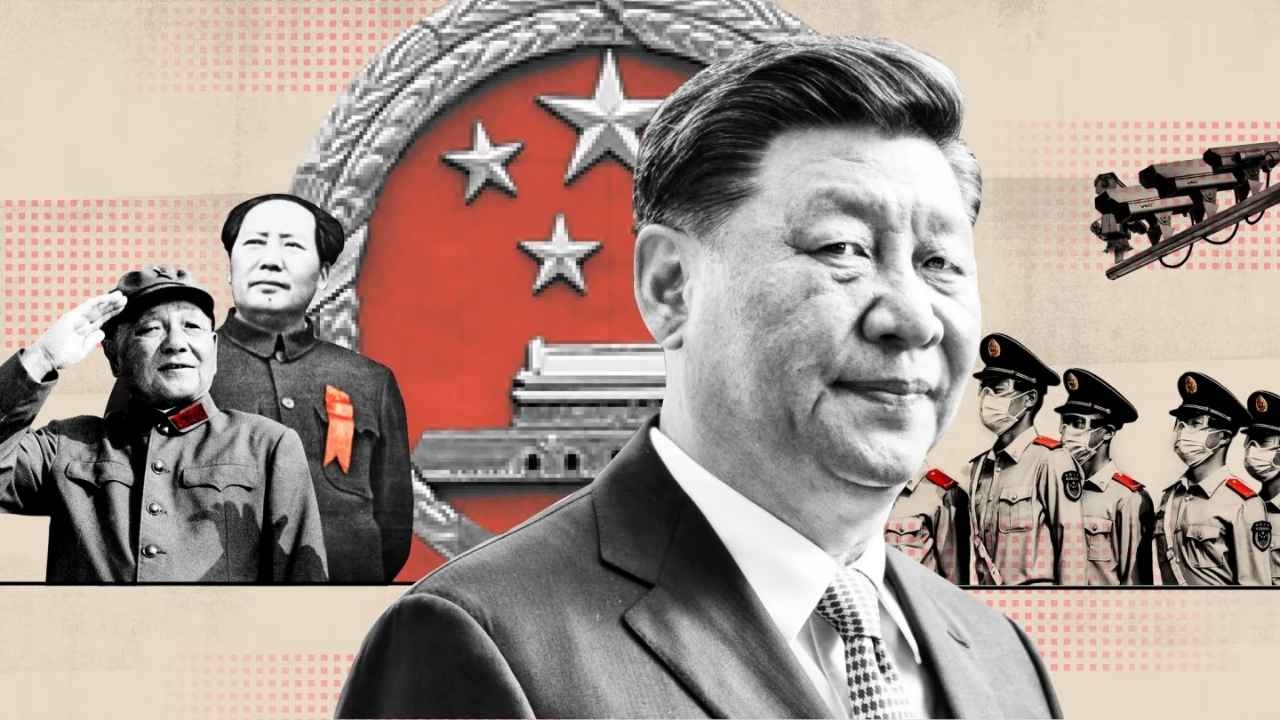
The Communist Party of China (CCP) was founded on July 1, 1921. Today, in 2025, they have completed 104 years of their power.
Although they identify themselves as the 'people's party', the reality of history reveals a brutal, authoritarian, bloody, and frightening chapter.
There is no positive light in the history of this hundred-year-old party; rather, each of its milestones is surrounded by the atrocities of human rights violations, genocide, suppression of expression, religious persecution, and cultural destruction.
Establishment and early brutalities (Pre-1949)
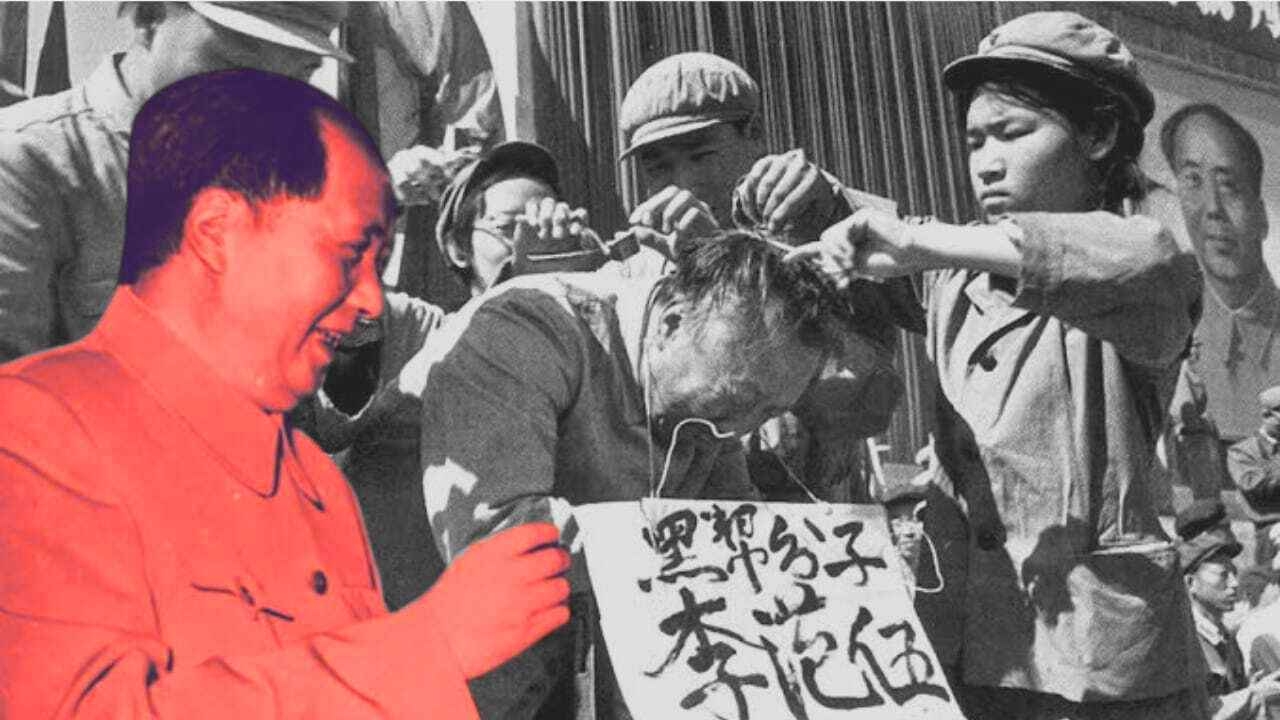
The CCP was established in 1921, but it seized state power in 1949 with the establishment of the People's Republic of China. Before that, the party gradually expanded through various guerrilla wars and political conspiracies.
Under the leadership of Mao Zedong, they carried out massacres in rural China in the name of eliminating "class enemies. Their goal was to destroy the opposing political forces and the upper peasant class (kulaks).
Suppression of Opposition (1950-53)

The Communist Party of China (CCP), after taking power, began a brutal campaign of repression called the "Campaign to Suppress Counterrevolutionaries".
They shot and killed millions of people on charges of 'anti-state. Some belonged to the old society; others were educated intellectuals. All of them were disappeared, humiliated, or publicly executed.
An estimated 700,000 people were killed, and more than 1.3 million were arrested.
The Suphan Movement (1955-57)
It was a campaign to eliminate so-called "rightist" and "revisionist" members of China's security forces.
Suspicion led to the torture and death of thousands of people.
Anti-Rightist Campaign (1957-59)
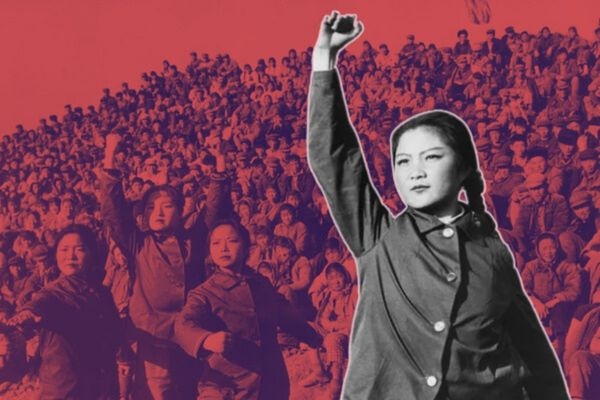
The Hundred Flowers Campaign promised to allow intellectuals to express their views, which were later denounced as "anti-state" and resulted in the homelessness and imprisonment of millions of people.
About 5.5 lakh people were targeted; many died in "reeducation camps."
In the Great Leap Forward (1958-62)
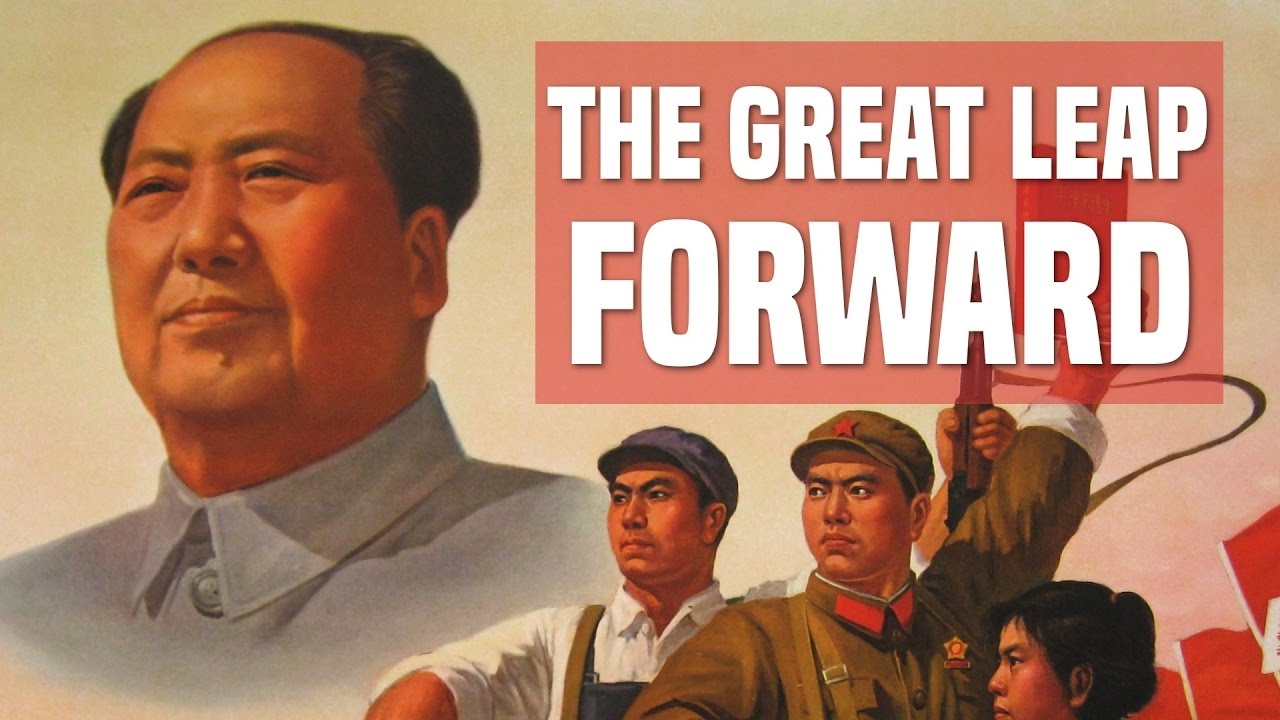
Mao Zedong's ambitious plan compelled the entire nation to engage in steel production and cooperative farming.
This failed plan led to one of the worst famines in world history. At least 36 to 45 million people in China die of hunger as a result of this policy.
The government keeps all information secret, and people are killed even if they steal food.
Cultural Revolution (1966-76)
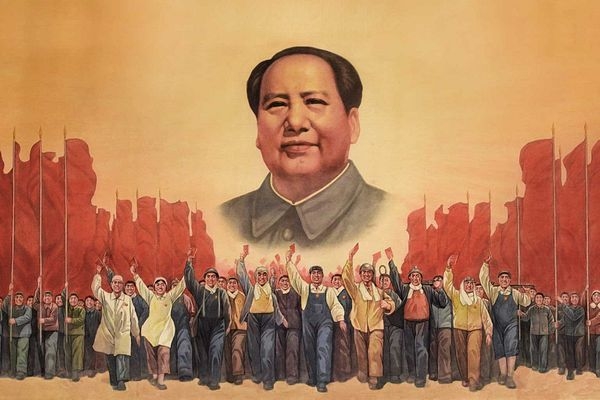
Mao Zedong declared the Cultural Revolution in the name of eliminating bourgeois culture. The Red Guards were responsible for murders, disappearances, the torture of teachers and artists, and the destruction of ancient traditions.
The Red Guards killed millions of intellectuals, writers, teachers, historians, religious leaders, and artists. The Red Guards set fire to thousands of books, destroyed monasteries, and created a chaotic China.
The Tiananmen Massacre and Tank Man (1989)
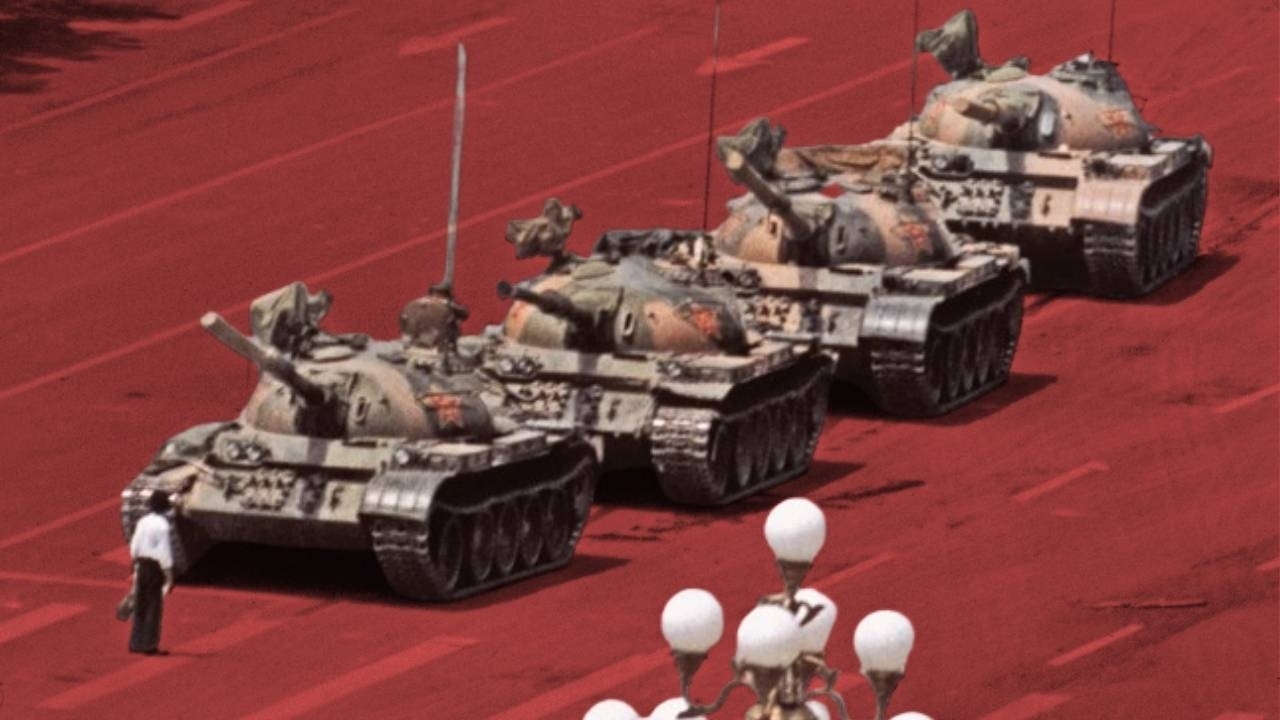
When the student masses gathered in Tiananmen Square to demand democracy, the CCP put down the military. Police fired tear gas and stun grenades at the protesters.
The official death toll is 241, but the actual number is thought to be in the thousands.
The next day, June 5, a civilian known as the Tank Man stood alone in front of the tank, with some food in his handbag or a market bag.
This protest picture became a symbol of Chinese repression in the world. His identity remains unknown, leading us to suspect his murder.
Falun Gong and Religious Persecution (1999-Present)
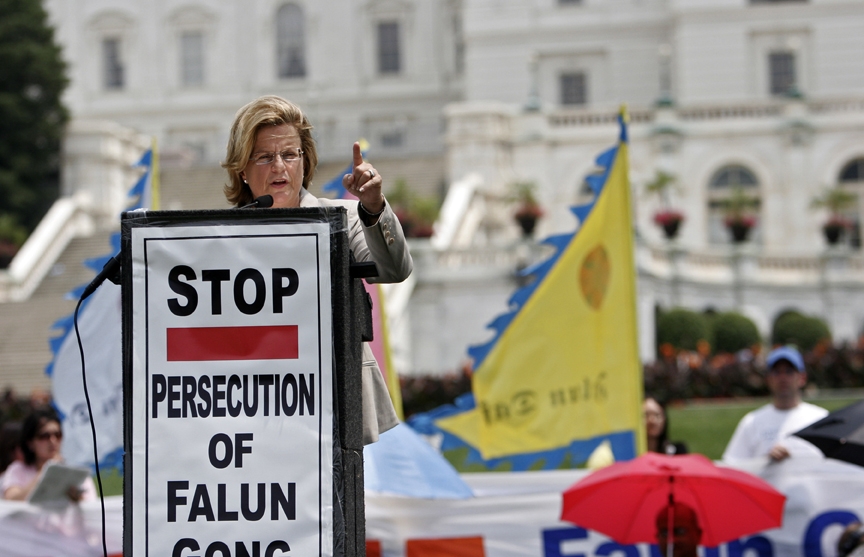
The CCP declared the meditation religious practice Falun Gong, which became popular in the 1990s, to be anti-state. After that, mass arrests, beatings, and executions began.
There are allegations of forced mutilation of the body.
The Uyghur genocide and Xinjiang repression (2014-Present)
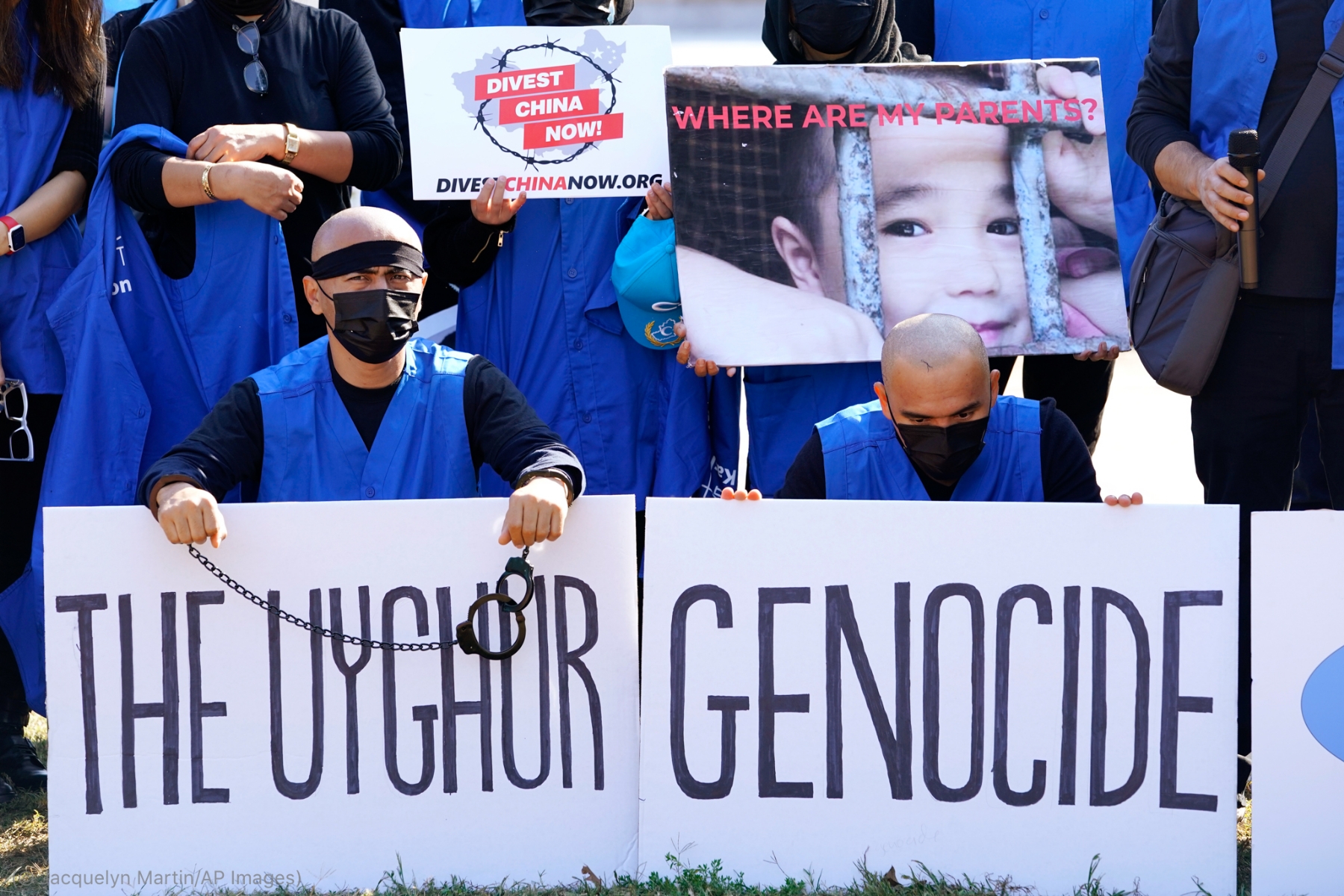
Sent millions of Muslim Uyghurs to internment camps known as 're-education centers' in China's northwestern Xinjiang province.
The regime subjects them to forced labor, sterilizes women, and separates children. The international community has called it a genocide and a crime against humanity.
Occupation of Tibet and Buddhist extermination (1950-Present)
China invaded Tibet in 1950, leading to the deaths of hundreds of thousands of Tibetans who rebelled for independence in 1959.
The Dalai Lama fled to India. More than 6,000 Buddhist monasteries were destroyed, religious practices were banned, and repression was carried out to erase the Tibetan cultural identity.
One child policy and forced abortion (1979-2015)
China's birth control policy forces millions of women to undergo abortions, even during the final stages of pregnancy.
Many children, especially girls, have been killed or abandoned at birth. This practice has led to a skewed sex ratio.
COVID-19 and allegations of hiding the truth (2019-2020)

The government first hid the incident when COVID-19 spread in Wuhan. The police interrogated and silenced those who warned, including Dr. Li Wenliang.
The virus has spread globally. Questions remain about China's role and responsibility.
Citizen surveillance and the 'social credit system', China today is a surveillance state. Internet, phones, and cameras are all used to monitor citizens.
The state has introduced the "social credit system," in which "disobedient" citizens are denied access to trains, flights, jobs, schools, and even hospitals.
The Great Firewall of China is the world's largest Internet censorship system. Google, Facebook, and Twitter are banned.
Journalists, writers, or bloggers who criticize the government are kidnapped or imprisoned for life.
What the Chinese Communist Party has done for 104 years is a blatant violation of human rights, the obliteration of freedom of expression, the destruction of cultural diversity, and a brutal pattern of religious persecution.
It is not a political force but a state-made instrument of oppression, one that regards its people as enemies and survives on fear and lies.
This history is not only of China, it is an extreme warning to mankind.
Article by
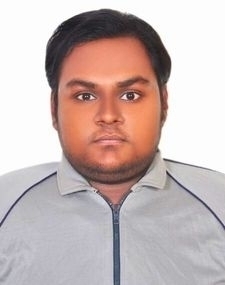
Suronjon Mojumder
Intern, The Narrative

